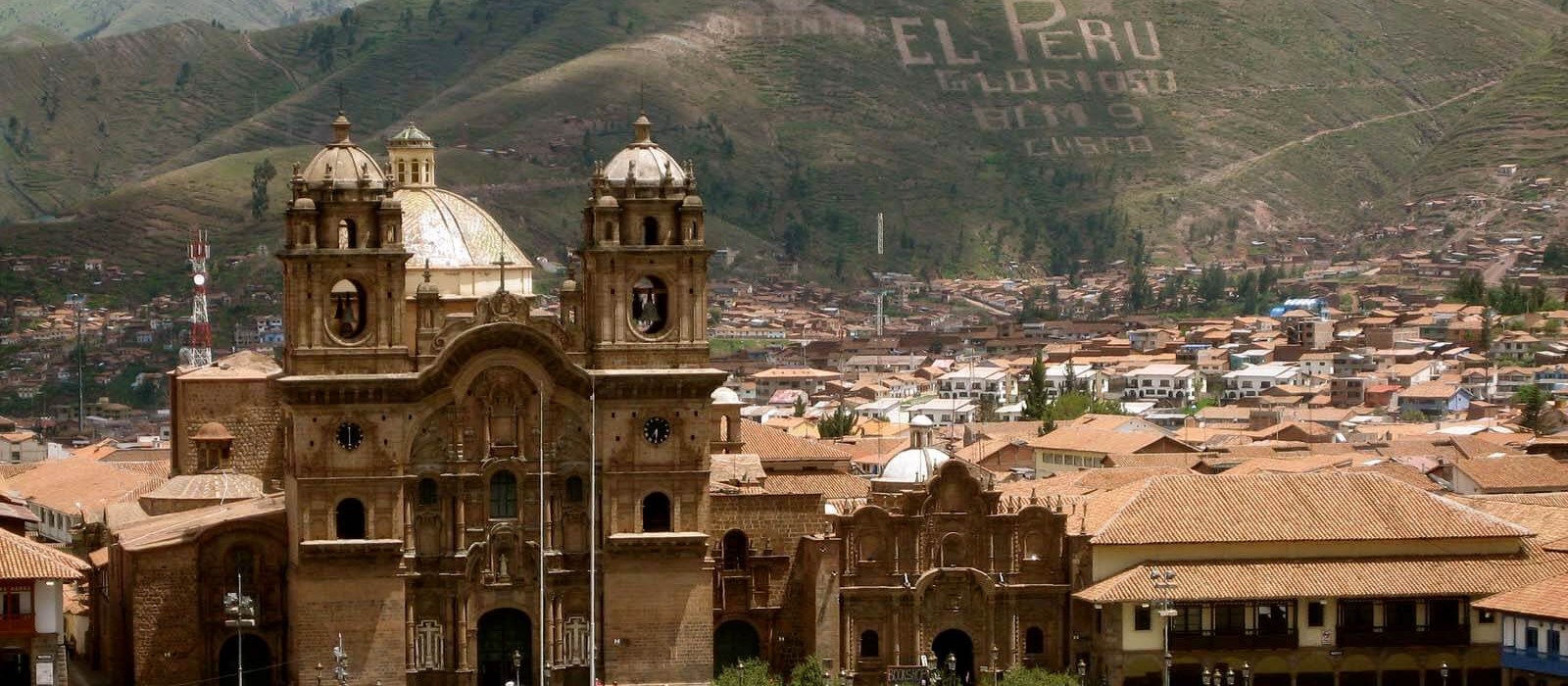Weather
Peru-Lima
The combination of tropical latitude, mountain ranges, topography variations, and two ocean currents (Humboldt and El Niño) gives Peru a large diversity of climates. The coastal region has moderate temperatures, low precipitations, and high humidity, except for its warmer, wetter northern reaches. In the mountain region, rain is frequent in summer, and temperature and humidity diminish with altitude up to the frozen peaks of the Andes. The Peruvian Amazon is characterized by heavy rainfall and high temperatures, except for its southernmost part, which has cold winters and seasonal rainfall.
Despite its location in the tropics and in a desert, Lima's proximity to the cool waters of the Pacific Ocean leads to temperatures much lower than those expected for a tropical desert and thus Lima can be classified as a mild desert climate (Köppen: BWn) with subtropical temperature ranges. Temperatures rarely fall below 14 °C (57 °F) or rise above 29 °C (84 °F). Two distinct seasons can be identified: summer, from December through April; and winter from June through October. May and November are generally transition months, with a more dramatic warm-to-cool weather transition.
February is the hottest month in Lima with an average temperature of 24°C (74°F) and the coldest is August at 17°C (63°F) with the most daily sunshine hours at 7 in April. The best month to swim in the sea is in February when the average sea temperature is 23°C (73°F).
Summers are hot and humid. The warmest month is January, with a daily average of 24.9 °C (76.8 °F). Heat waves are common during summers. Winters are cold with mild temperatures during the day and cold nights. Spring and autumn are characterized by changeable weather conditions. Cold air from the south can bring cooler temperatures while hot humid air from the north bring hot temperatures.
|
Lima |
J |
F |
M |
A |
M |
J |
J |
A |
S |
O |
N |
D |
|
Ave Max °C |
26 |
27 |
26 |
25 |
22 |
21 |
19 |
19 |
20 |
21 |
23 |
25 |
|
Ave Min °C |
20 |
20 |
20 |
18 |
17 |
16 |
16 |
15 |
15 |
16 |
17 |
19 |
|
Rainy days |
4 |
2 |
3 |
2 |
5 |
11 |
12 |
15 |
13 |
7 |
5 |
3 |
Weather information obtained/edited for use on our website from http://www.holiday-weather.com/; https://en.wikipedia.org/wiki/Peru#Climate
Peru-Cusco
Cusco has a subtropical highland climate (Köppen Cwb). It is generally dry and temperate, with two defined seasons. The dry season lasts from May to August, with abundant sunshine and occasional night-time freezes; July is the coolest month with an average of 9.7 °C (49.5 °F). The wet season lasts from December to March, with night frost less common; November averages 13.3 °C (55.9 °F). Although frost and hail are common, the only snowfall ever recorded was in June 1911. Temperatures usually range from 0.2 to 20.9 °C (32.4 to 69.6 °F), but the all-time temperature range is between −8.9 and 30 °C (16.0 and 86.0 °F). Sunshine hours peak in July; the equivalent of January in the northern hemisphere. In contrast, February, the equivalent of August in the northern hemisphere, has the least amount of sunshine.
|
Cusco |
J |
F |
M |
A |
M |
J |
J |
A |
S |
O |
N |
D |
|
Ave Max °C |
17 |
17 |
17 |
18 |
18 |
18 |
17 |
18 |
18 |
19 |
19 |
18 |
|
Ave Min °C |
4 |
4 |
4 |
3 |
0 |
-2 |
-3 |
-1 |
1 |
3 |
3 |
4 |
|
Rainy days |
18 |
18 |
13 |
8 |
3 |
1 |
1 |
2 |
6 |
9 |
11 |
15 |
Weather information obtained/edited for use on our website from http://www.holiday-weather.com/
Peru-Lake Titiaca
Lake Titicaca has a borderline Subtropical highland/Alpine climate with cool to cold temperatures for most of the year. The average annual precipitation is 610 mm (24 in.) mostly falling in summer thunderstorms. Winters are dry with very cold nights and mornings and warm afternoons. Below are the average temperatures of the town Juliaca in the northern part of the lake.
|
Lake Titicaca |
J |
F |
M |
A |
M |
J |
J |
A |
S |
O |
N |
D |
|
Ave Max °C |
8 |
10 |
13 |
16 |
20 |
23 |
26 |
26 |
24 |
17 |
11 |
8 |
|
Ave Min °C |
1 |
0 |
1 |
3 |
6 |
8 |
10 |
10 |
7 |
5 |
2 |
0 |
|
Rainy days |
25 |
19 |
24 |
21 |
16 |
13 |
8 |
9 |
11 |
21 |
24 |
24 |
Weather information obtained/edited for use on our website from http://www.holiday-weather.com/
< Back to holiday
